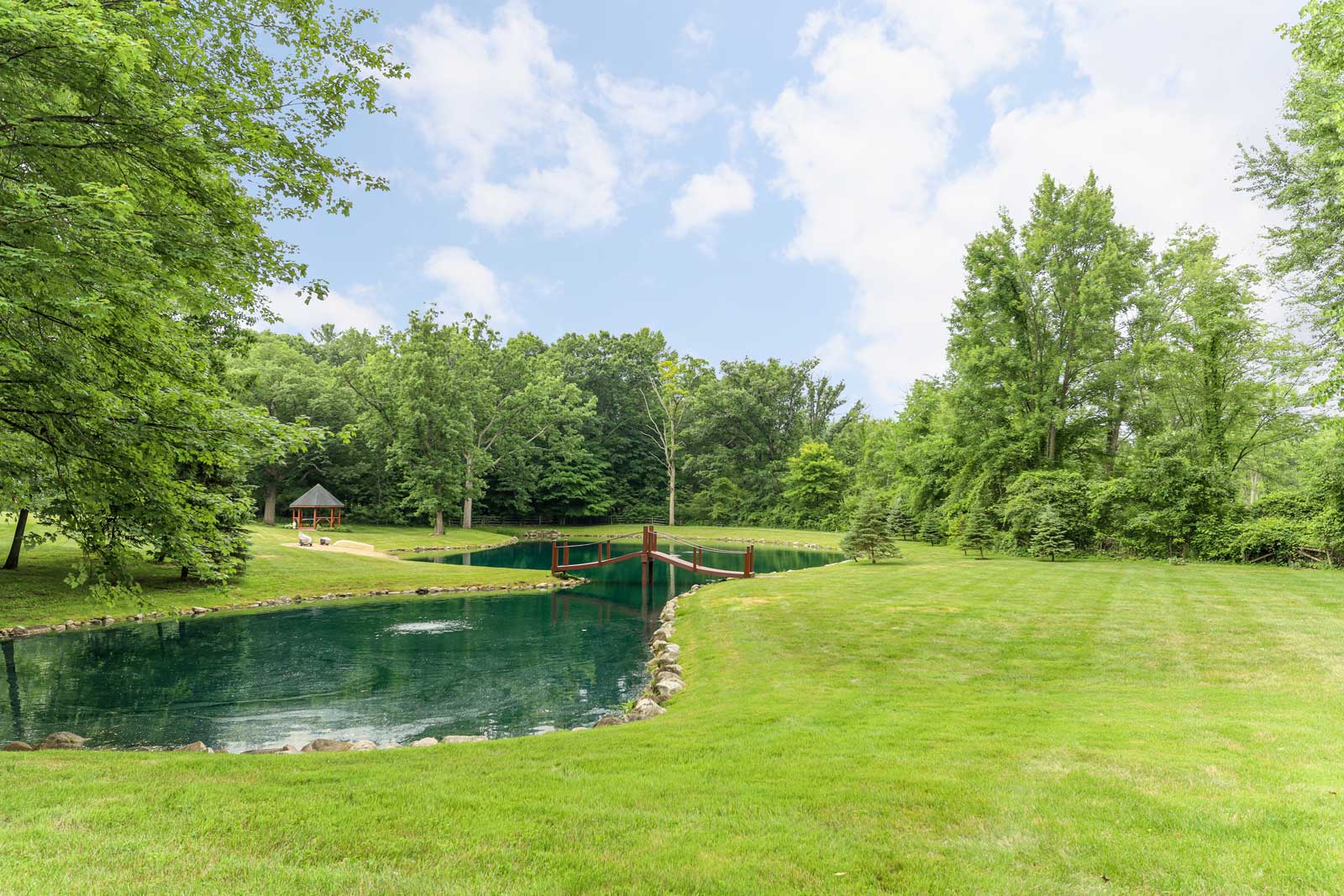
Crabgrass – everyone hates it. This summer scourge pops up as temperatures rise, especially along lawn edges and bare areas in turf. Luckily it’s an annual and dies off each year, but there are other perennial grasses that can be easily confused for crabgrass and need to be treated differently.
Crabgrass
Crabgrass is a warm-season annual that has been thriving this year due to our cool spring, followed by a quick warm-up and abundance of rain in June and July. It is best battled with pre-emergent in turf areas, but will persist in spite of these controls in years where there is a good deal of spring rain and the pre-emergent barrier is pushed down into the soil and particularly in lawn edges and open, bare areas. There are post-emergent options available, but as it is an annual grass type, most crabgrass tends to die down on its own as temperatures drop in September.
Quackgrass
Quackgrass is often a culprit that can be confused with crabgrass as they have a very similar look: wide leaves and a tendency to also grow in edges and weak areas of turf. Unfortunately, unlike Crabgrass, Quackgrass is a perennial and will come back year after year. It also spreads by both by its roots and by seed. Mechanical removal can fracture the roots and make the infestation worse if all roots are not removed. There are post-emergent options available as well, which have a higher chance of success.
Coarse Fescue
Coarse Fescue is another perennial with a broad leaf and clump-forming habit. It is more noticeable in the spring and fall as it is a cool-season grass, but it is often confused for Crabgrass in early spring before temperatures climb. It will come back year to year as well and can be best controlled with a post-emergent.




